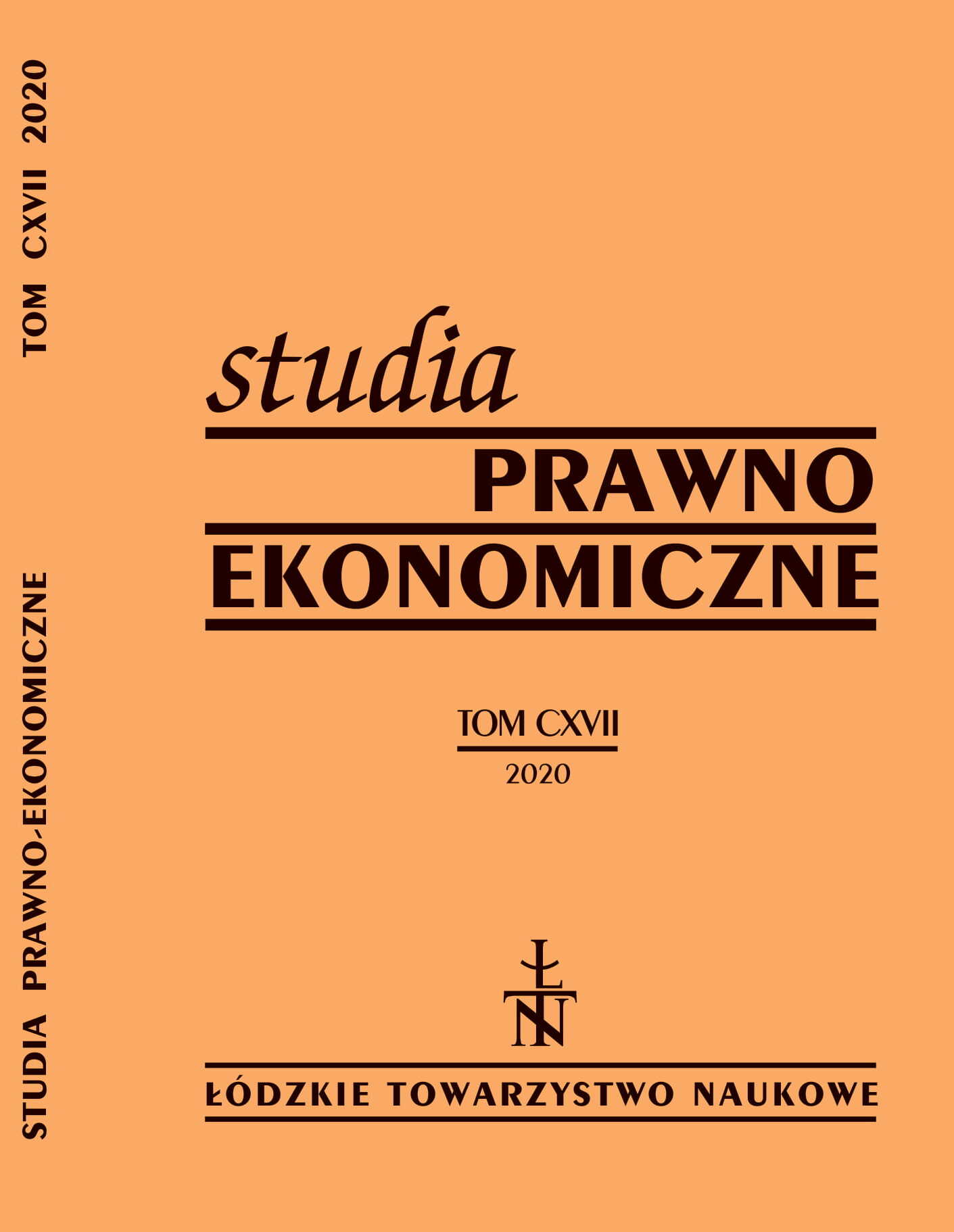Analiza zróżnicowania rozwoju gospodarczego Regionu Stołecznego Litwy
Analysis of the economic development diversification of the Capi tal Region in Lithuania
Author(s): Justyna LučinskaSubject(s): Economy
Published by: Łódzkie Towarzystwo Naukowe
Summary/Abstract: Background: The research topic of this article is economic development in the Capital Region of Lithuania. One reason for selecting the eight local government units of the Capital Region was the creation of two new NUTS2 level regions in 2016, which was intended to prevent the decrease in EU funds during the new financial period; the second reason was that these territorial units contain the largest concentration of the Polish minority in Lithuania. Research purpose: The purpose of the article is to determine the level of economic development in the eight local government units of the Lithuanian Capital Region and compare the obtained results. Methods: The literature review explaining the economic growth and development plus data from the database of the Lithuanian Department of Statistics, allowed the creation of synthetic measures using the methods of Perkal, Topsis and Hellwig. This allowed the construction of the rankings of eight local government units of the Capital Region according to the criterion of economic development in 2007, 2013 and 2018. The construction of rankings for three years is motivated by the need to examine the changes that took place. A set of 10 characteristics was used for the analysis, which were verified according to their variability, correlation, stimulation, and standardization. In order to check the quality of the rankings obtained by the Perkal, Topsis and Hellwig’s methods, the Sokolowski coefficient was calculated. The article presents rankings based on the Hellwig method, as it was most consistent with grouping the territorial units of the Capital Region. Conclusions: The research methods used in this study have made it possible to conclude that the Capital Region has significant diversity in economic development. The main conclusion is that the creation of new NUTS2 level units: The Capital Region and the Central and Western Lithuania Region and the possible targeting of most EU funds in the period 2021-2027 to the Central and Western Lithuania region, may cause a deterioration in the economic situation in the least developed local government units of the Capital Region as well as cause development disparities within the region.
Journal: Studia Prawno-Ekonomiczne
- Issue Year: 2020
- Issue No: 117
- Page Range: 261-296
- Page Count: 36
- Language: Polish

